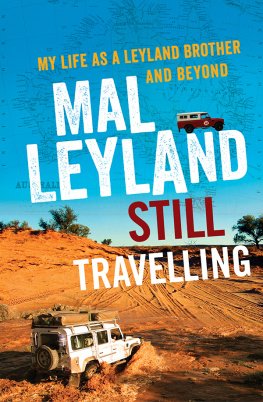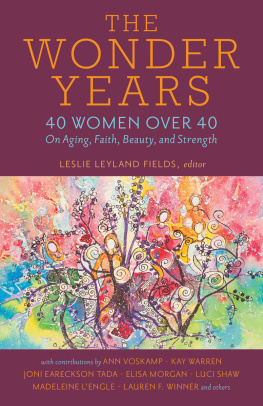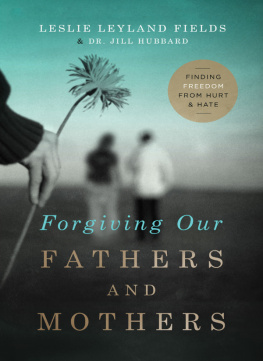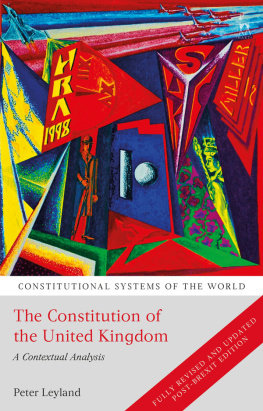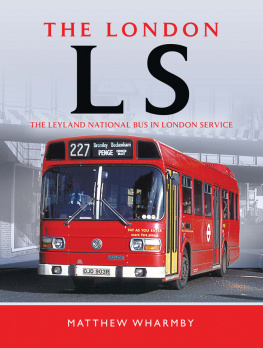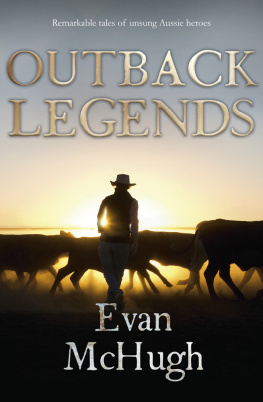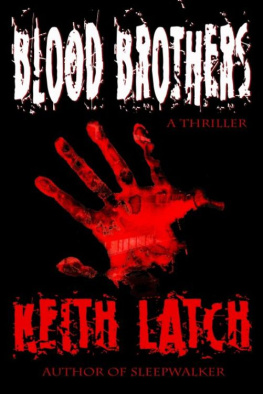
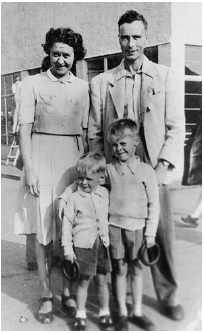
Our family on holidays in England 1948. Mum (Frankie) and Dad (Ivan) in the back row. Me on the left with Michael in the front row.

I started work as a cadet press photographer at the age of 17, working for the Newcastle Sun. I had landed my dream job but soon realised I had a lot to learn.
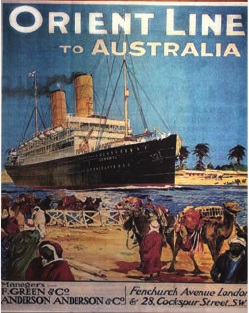
Poster for the Orient Ship Otranto that transported us to Australia in 1950. It is depicted passing through the Suez Canal.

Crossing the flooded Condamine River in Queensland on our first outback trip in 1961. Keith Davey and I sat on the front trying to keep the strong current from washing the lightweight vehicle away while Mike drove.
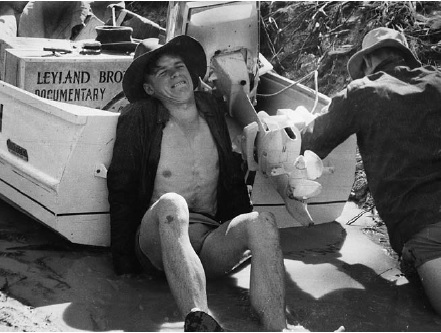
Travelling down the Darling River in 1963 proved to be a test of endurance and inventiveness. When the water ran out we had to push the boat through sloppy mud. Keith took the picture of me (left) and Mike almost at the point of exhaustion.
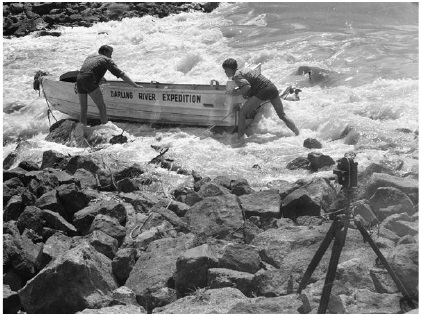
Manoeuvring the boat over the weir at Bourke during our Darling River Expedition. (Note the cine camera set up to record whatever was about to happen next.)
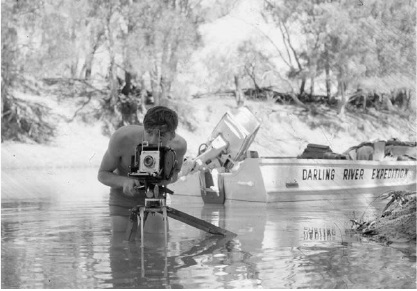
I was in my element on the Darling River in 1963. I took thousands of pictures, mostly black and white, but used the large plate camera for colour shots. The colour film was so expensive I was limited to 20 images for the entire expedition.
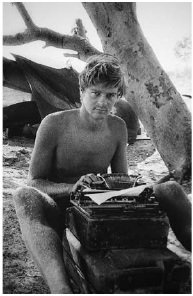
I sent despatches back from some remote places during our early expeditions. Here, Im in the Gulf of Carpentaria, in 1968.
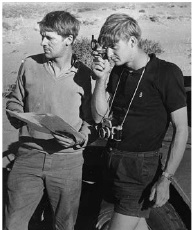
I was the navigator in our WestEast Crossing Expedition in 1966. I used a prism compass for sighting across the seemingly endless sand ridges of the Simpson Desert to take bearings from our wheel marks in the sand. Mike, on the left, consults with me as I check and re-check our position.
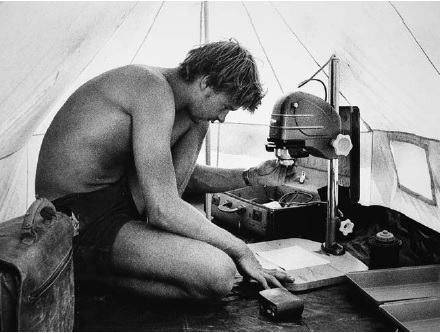
Even though we were in the bush I managed to use a small camping tent as a darkroom to develop and print pictures to accompany the stories I had written. The enlarger was converted to run off a 12 volt car battery (1968-9).
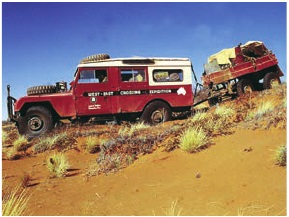
Crossing 1,105 ridges of red sand in the Simpson Desert was the biggest challenge we had faced up to 1966. No one had completed this before and we had an enormous trailer of fuel, water and supplies to drag with us.
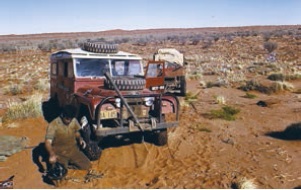
Ted Hayes, our mechanic, worked tirelessly to keep the old landy running. In total we smashed 5 differentials on our vehicle during our across-Australia expedition in 1966.
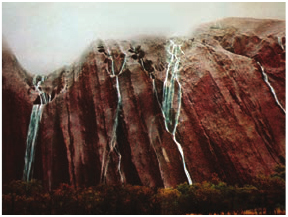
Drought-breaking rain fell on Ayers Rock/ Uluru and we happened to be there to capture it on both movie and still film. This is one of my most memorable shots as waterfalls cascade off the huge monolith (28th June 1966).
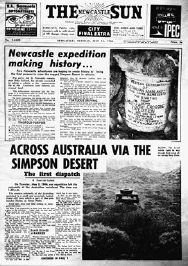
My first despatch from the WestEast Crossing Expedition made the front page of the Newcastle Sun. It was syndicated to affiliated newspapers in Sydney and Melbourne.
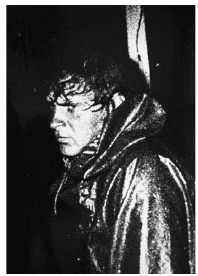
Exhausted and having just survived a near-drowning, I was in no mood for Mike to film me. (Image lifted from a 16mm movie frame of film.)
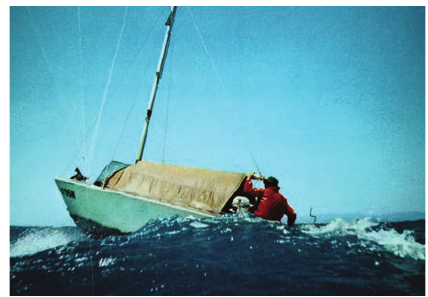
During our voyage from Darwin to Sydney in 19689, the Little Investigator, was our 18-foot home for six and half months. Our daily endurance on the little boat became a relentless battle with the sea. Novices at first, we soon found our sea legs and slowly underwent a metamorphosis from land-lubbers to seafarers.
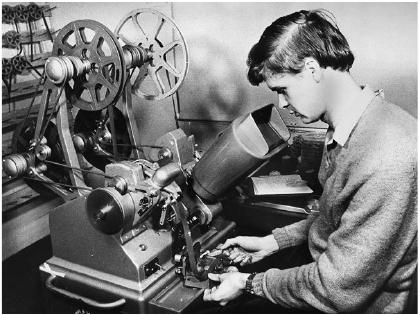
When we returned to Newcastle Mike and I spent months editing Open Boat To Adventure. I used our editing machine to add sound effects to every single second of the two and quarter-hour film. It was a marathon task.
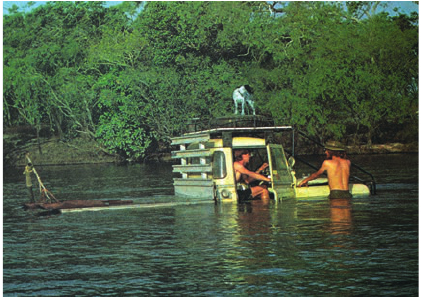
Crossing the Jardine River near the tip of Cape York Peninsular in1971.

When Laraine and I married in December, 1969, it was the start of a passionate love affair and a wonderful marriage, one that has never ended. Without her by my side I would not have made it through all the trials life has dealt us.
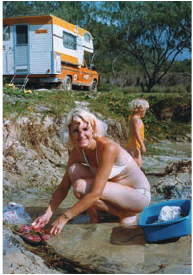
Camped on Fraser Island, Queensland, during the filming of Ask the Leyland Brothers. Carmen was introduced to camping early in life.
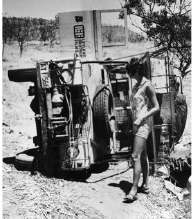
Laraine examines our Land Rover after it rolled on a rough bush track in the Kimberley. We were filming an episode of our Off the Beaten Track TV series. There was no serious damage, except to our egos.
Next page
